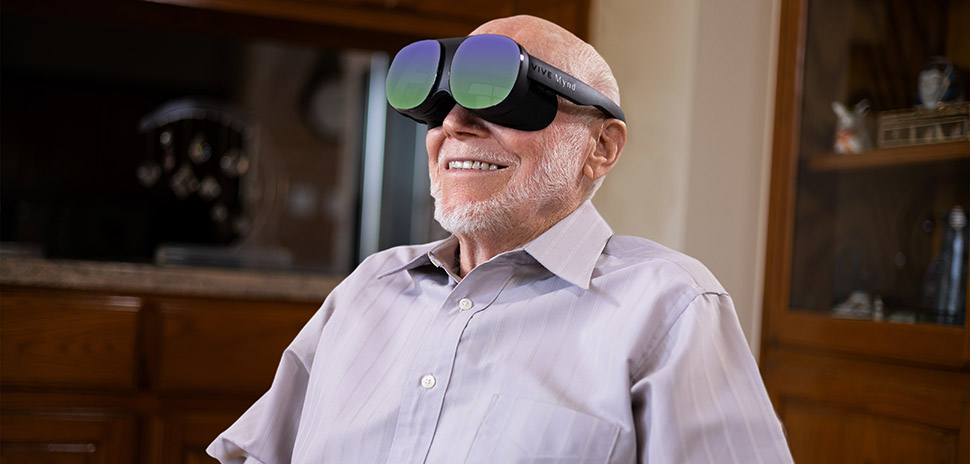General Motors is calling it quits on its Cruise robotaxi service after investing over $10 billion on it, the automaker announced in an investor call Tuesday. Since last July, Cruise robotaxis had resumed testing on Dallas streets with human “safety drivers” monitoring behind the wheel, testing routes in the runup to planned public, driverless operations.
Those operations now look like they won’t be operating, so if you need a lift in Dallas, you may have to try Lyft, an Uber, an Alto, or some other human-driven way to get around.
Cruise’s robotaxi operations in Dallas, Austin, Houston, and San Francisco were suspended in November 2023 following an incident in San Francisco involving a pedestrian. (After being struck by a hit-and-run human driver, a woman fell into the path of a Cruise robotaxi. According to the San Francisco Chronicle, which cited a California DMV report, the Cruise vehicle braked hard to a stop, and then did a “pullover maneuver,” resulting in the woman being dragged underneath the vehicle about 20 feet at a slow rate of speed. The woman suffered “severe injuries” from the incident, according to the Chronicle.)
Cruise robotaxis first rolled in Dallas in 2023
Cruise robotaxis first popped up on Dallas streets in October 2023, in a testing process that followed the start of operations with public riders in Austin in December 2022. But all Cruise operations were put on hold weeks after the incident in San Francisco.
Last June, Cruise posted on X that it had started driving in Dallas again “as we continue to validate our self-driving technology against our rigorous safety and performance standards.” The company also resumed testing in Houston and Phoenix.
Then, last month, Cruise agreed to resolve a criminal charge in federal court for providing a false record to the National Highway Traffic Safety Administration with the intent to “impede, obstruct, or influence the investigation” of the October 2023 San Francisco pedestrian crash. GM admitted to “submitting a false report to influence a federal investigation” and agreed to pay a $500,000 criminal fine as part of a deferred prosecution agreement.
$3.48B in losses in 2023
GM said on yesterday’s investor call that it would stop funding Cruise—which posted $3.48 billion in losses in 2023 alone, according to The Verge—and fold the unit’s employees into other GM teams working on advanced driver assist systems and consumer autonomous vehicles.
The company cited “the considerable time and resources that would be needed to scale the business, along with an increasingly competitive robotaxi market” as two key reasons for the Cruise shutdown.
“GM is committed to delivering the best driving experiences to our customers in a disciplined and capital efficient manner,” GM Chair and CEO Mary Barra said in a statement. “Cruise has been an early innovator in autonomy, and the deeper integration of our teams, paired with GM’s strong brands, scale, and manufacturing strength, will help advance our vision for the future of transportation.”
Dave Richardson, SVP of software and services engineering at GM, added that as America’s largest automotive manufacturer, GM remains “fully committed to autonomous driving and excited to bring GM customers its benefits—things like enhanced safety, improved traffic flow, increased accessibility, and reduced driver stress.”
Working with Cruise leadership to ‘restructure’ operations
GM owns about 90% of Cruise and has agreements with other shareholders that are slated to raise its ownership to more than 97%. The company said it plans to buy the remaining shares. Contingent upon the share repurchase and Cruise board approval, GM said it will work with the Cruise leadership team to “restructure and refocus Cruise’s operations.”
GM said it expects the restructuring to lower spending on Cruise “by more than $1 billion annually” after the proposed plan is completed, which is expected in the first half of 2025.
![]()
Get on the list.
Dallas Innovates, every day.
Sign up to keep your eye on what’s new and next in Dallas-Fort Worth, every day.

![A Cruise robotaxi, pictured in Downtown Dallas in June 2024, could potentially benefit from U.S. Patent No. 12062290. Recently granted to GM Cruise Holdings and invented by Dallas’s Clifton Trigg Hutchinson, the patent describes a system for dynamically dispatching autonomous vehicles. This technology enables real-time route adjustments based on user location updates, enhancing urban transport efficiency. [Photo: Cruise]](https://s24806.pcdn.co/wp-content/uploads/2024/07/Cruise-robotaxi_Dallas-970x464-1.jpg)





























